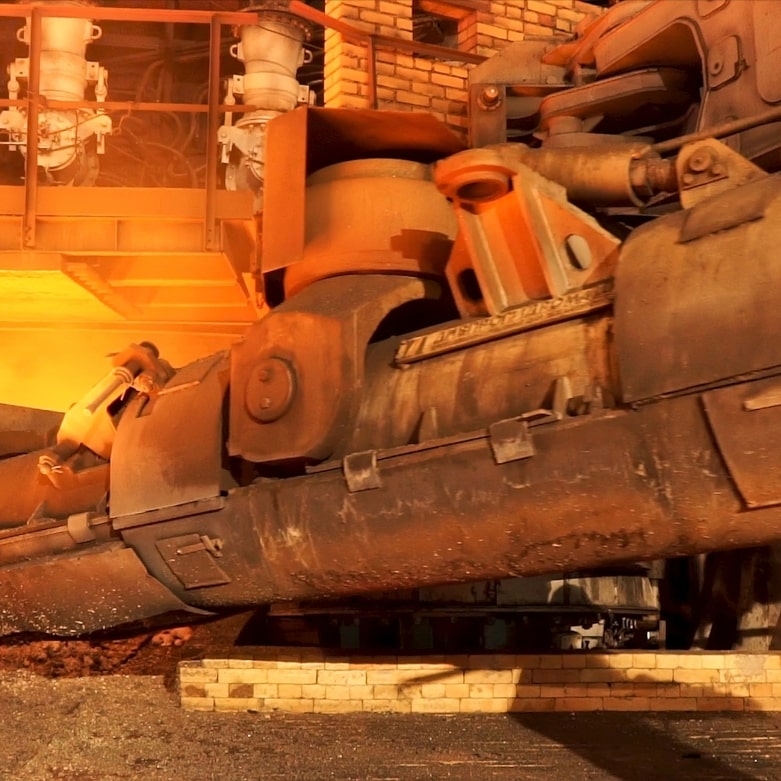Casting manufacturing is a vital process in the production of a wide range of products, from automotive parts and aerospace components to artistic sculptures and kitchen utensils. This guide provides an in-depth overview of casting manufacturing, covering various casting methods, materials, and the steps involved in producing high-quality castings.
Chapter 1: Understanding Casting Manufacturing
Casting Basics Casting is a manufacturing process that involves pouring a molten material into a mold cavity, allowing it to solidify and take the shape of the mold. It is used to create complex geometries that may be difficult or impossible to achieve using other manufacturing methods.
Applications of Casting Casting is employed in numerous industries, including automotive, aerospace, construction, art, and more. It is used for producing parts ranging from engine blocks to intricate jewelry.
Chapter 2: Casting Methods
Sand Casting Sand casting is one of the oldest and most versatile casting methods. It involves creating a mold using compacted sand, which is then filled with molten metal. Sand casting is cost-effective and suitable for both small and large parts.
Die Casting Die casting is a precision casting method where molten metal is forced into a steel mold, known as a die. This process is ideal for high-volume production of components with intricate details, such as automotive parts and electronics housings.
Investment Casting Investment casting, also known as lost-wax casting, is used for producing highly detailed and dimensionally accurate parts. A wax pattern is coated in a ceramic shell, and when heated, the wax is melted and replaced with molten metal.
Centrifugal Casting Centrifugal casting utilizes centrifugal force to distribute molten metal uniformly in a rotating mold. It is often used for cylindrical or tubular parts like pipes, rings, and railway wheels.
Chapter 3: Casting Materials
Metals A wide range of metals can be used in casting manufacturing, including aluminum, iron, steel, bronze, and more. The choice of material depends on factors like strength, corrosion resistance, and cost.
Ceramics Ceramic casting involves the use of materials like porcelain and earthenware. It is commonly employed for creating decorative and artistic pieces.
Plastics Plastic casting is used for producing items like toys, containers, and automotive parts. Thermoplastic and thermosetting materials are commonly used.
Chapter 4: The Casting Process
Pattern Making The casting process begins with the creation of a pattern, which serves as a replica of the desired part. Patterns can be made from wood, metal, or plastic.
Mold Preparation A mold is created by enclosing the pattern with suitable casting material. This can involve sand, plaster, or other mold materials, depending on the casting method.
Pouring and Solidification Once the mold is prepared, molten material is poured into it. During solidification, the material cools and takes on the shape of the mold.
Removal and Finishing After solidification, the casting is removed from the mold and any excess material, known as flash, is trimmed. Additional finishing processes like machining, welding, and surface treatment may be necessary.
Chapter 5: Quality Control in Casting Manufacturing
Quality control is crucial in casting manufacturing to ensure the final product meets specifications and standards. Non-destructive testing methods like X-ray and ultrasound are used to detect defects, while dimensional inspections verify accuracy.
Conclusion: Casting manufacturing is a versatile and essential process that plays a vital role in various industries. By understanding the different casting methods, materials, and the steps involved in the casting process, manufacturers can produce high-quality castings that meet their specific requirements, contributing to the creation of countless products we encounter in our daily lives.


